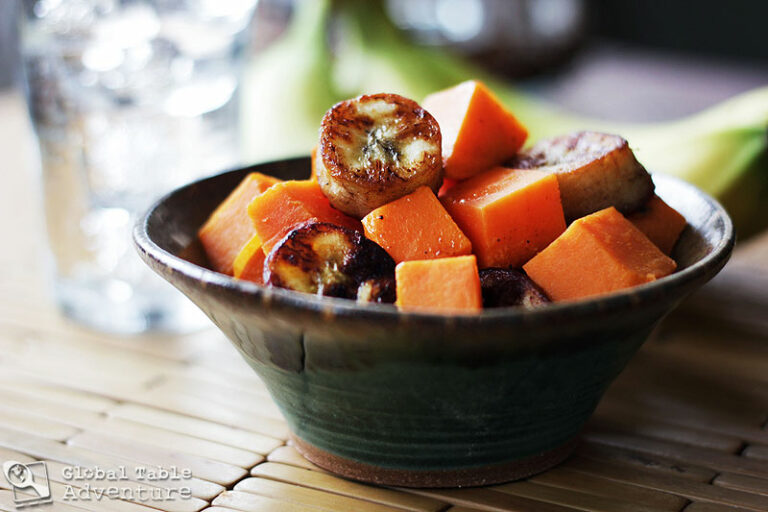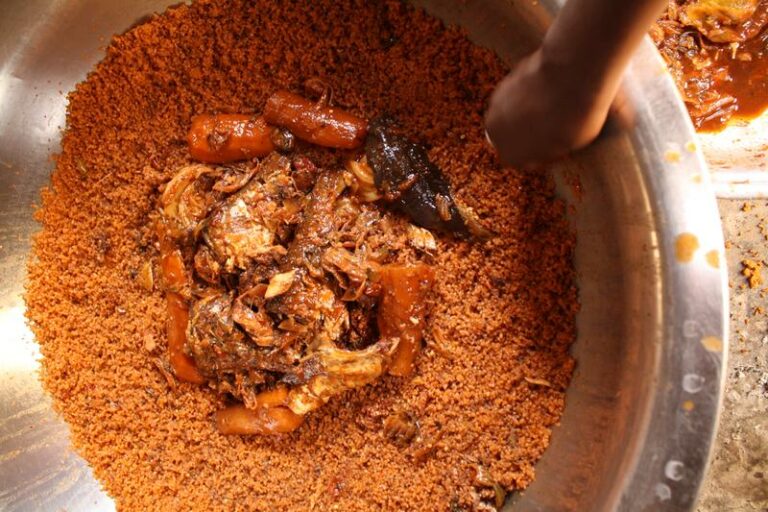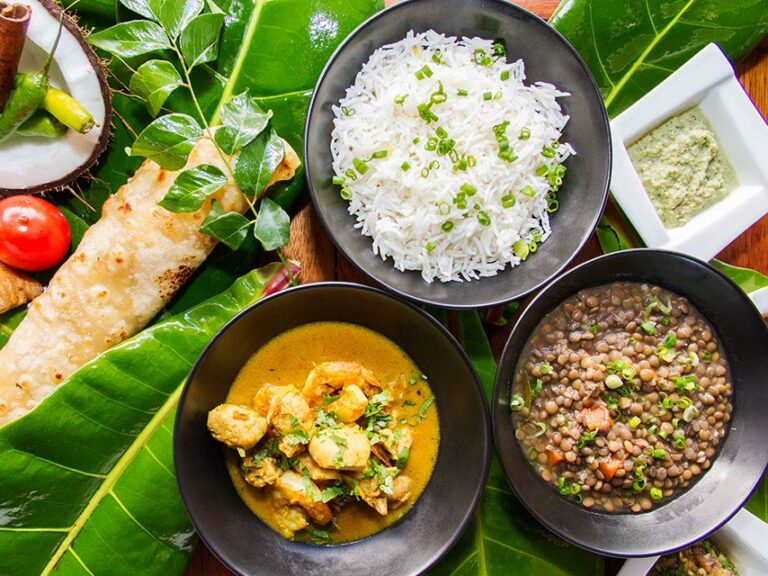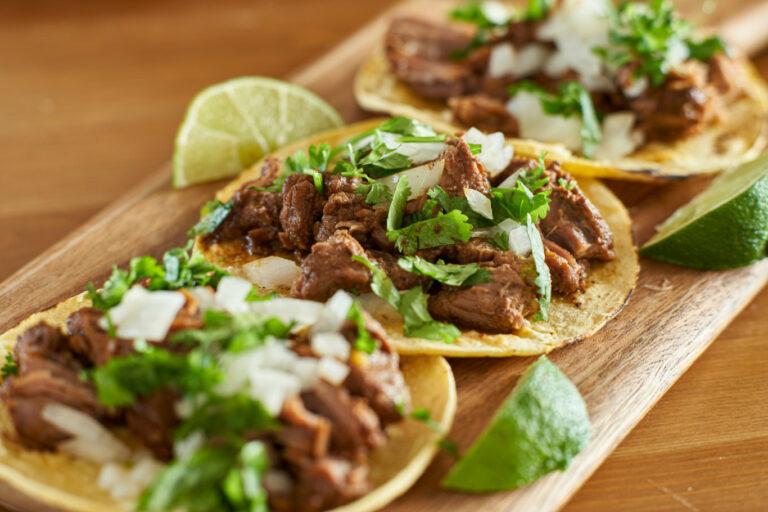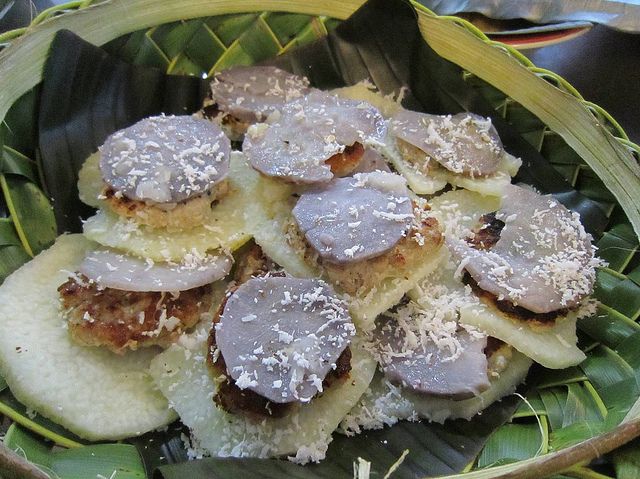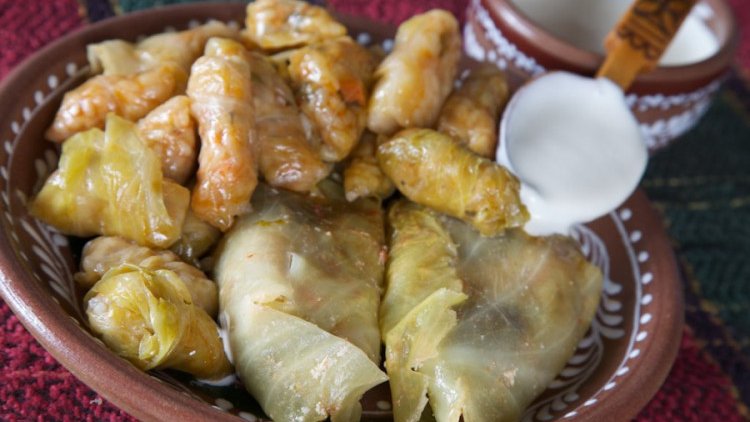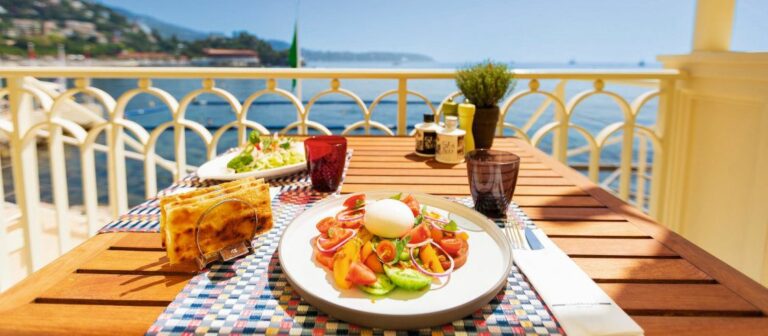Introduction: Discovering International Cuisine in Eswatini
Eswatini may not be known for its cuisine, but visitors to the country will be pleasantly surprised by the variety of international dishes available. Whether you are craving the flavors of Asia, Europe, the Americas, or Africa, you can find something to satisfy your taste buds in Eswatini. From fine dining restaurants to casual eateries, there are plenty of options for foodies who want to explore the world through their meals.
Asian Flavors: Savor the Best of Korean, Japanese, and Chinese Cuisines
Asian cuisine is well-represented in Eswatini, with several restaurants offering dishes from Korea, Japan, and China. Fans of Korean food can try bibimbap, kimchi, or bulgogi at Korean restaurants in Mbabane and Manzini. Japanese cuisine enthusiasts can indulge in sushi, sashimi, and tempura at Japanese restaurants in Ezulwini and Malkerns. Chinese cuisine lovers can feast on hot and sour soup, kung pao chicken, and dumplings at Chinese restaurants in Mbabane, Manzini, and Nhlangano.
European Delights: Enjoy Classic Dishes from Italy, France, and Spain
European cuisine is also well-represented in Eswatini, with restaurants offering classic dishes from Italy, France, and Spain. Italian restaurants in Mbabane, Ezulwini, and Malkerns serve authentic pizza, pasta, and risotto dishes. French restaurants in Mbabane and Ezulwini offer delicious croissants, quiches, and coq au vin. Spanish restaurants in Malkerns and Ezulwini serve tapas, paella, and sangria. Whether you are in the mood for something hearty or something light, you can find a European dish to satisfy your cravings in Eswatini.
American Influences: Treat Yourself to Burgers, Ribs, and Tacos
American cuisine is popular in Eswatini, with fast food chains like KFC, McDonald’s, and Subway having a presence in the country. However, there are also several independent restaurants that serve American-style burgers, ribs, and tacos. Whether you want a classic cheeseburger, a rack of BBQ ribs, or a spicy chicken taco, you can find it at a restaurant in Mbabane, Manzini, or Nhlangano.
African Tastes: Sample Local and Regional Dishes from the Continent
While Eswatini is a small country, it is part of a larger continent with a rich culinary heritage. Visitors to Eswatini can sample local and regional dishes from across Africa, including South African boerewors, Mozambican peri-peri chicken, and Zimbabwean sadza. There are also several restaurants that serve Swazi cuisine, which features dishes like phutu (maize porridge), sidvudvu (pumpkin leaves), and tingomane (goat meat stew).
Fusion Cuisine: Try Creative Blends of Different Culinary Traditions
If you are feeling adventurous, you can try fusion cuisine in Eswatini, which combines elements of different culinary traditions. For example, there are restaurants that serve sushi with African ingredients like biltong (dried meat) or marula fruit. There are also restaurants that serve burgers with Asian sauces like teriyaki or hoisin. If you want to try something new and creative, fusion cuisine is a great option.
Vegetarian and Vegan Options: Find Delicious and Healthy Meals
Eswatini may not be known for its vegetarian or vegan cuisine, but there are several restaurants that offer delicious and healthy meat-free options. Many international restaurants have vegetarian and vegan dishes on their menus, and there are also vegetarian and vegan cafes in Mbabane and Manzini. Whether you are a strict vegetarian or just looking for a healthy option, you can find something to suit your needs in Eswatini.
Fine Dining and Casual Eateries: Choose the Right Ambiance for Your Taste Buds
Whether you want a formal dining experience or a casual meal, there are plenty of options in Eswatini. Fine dining restaurants in Mbabane and Ezulwini offer elegant settings and sophisticated menus, while casual eateries in Manzini and Nhlangano offer a more laid-back ambiance and affordable prices. Whatever your mood or budget, you can find a restaurant in Eswatini that meets your needs.




